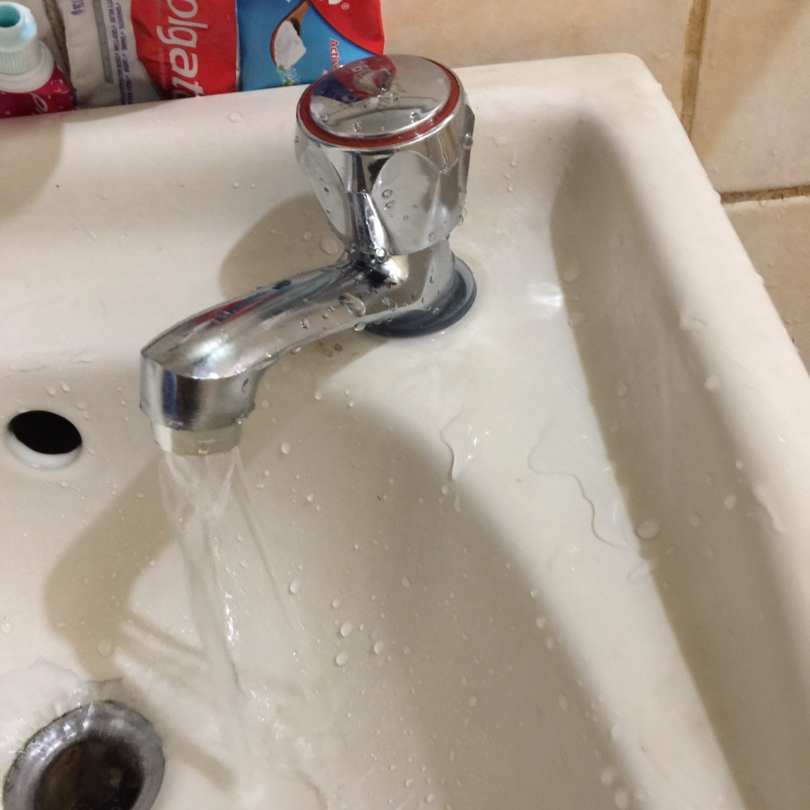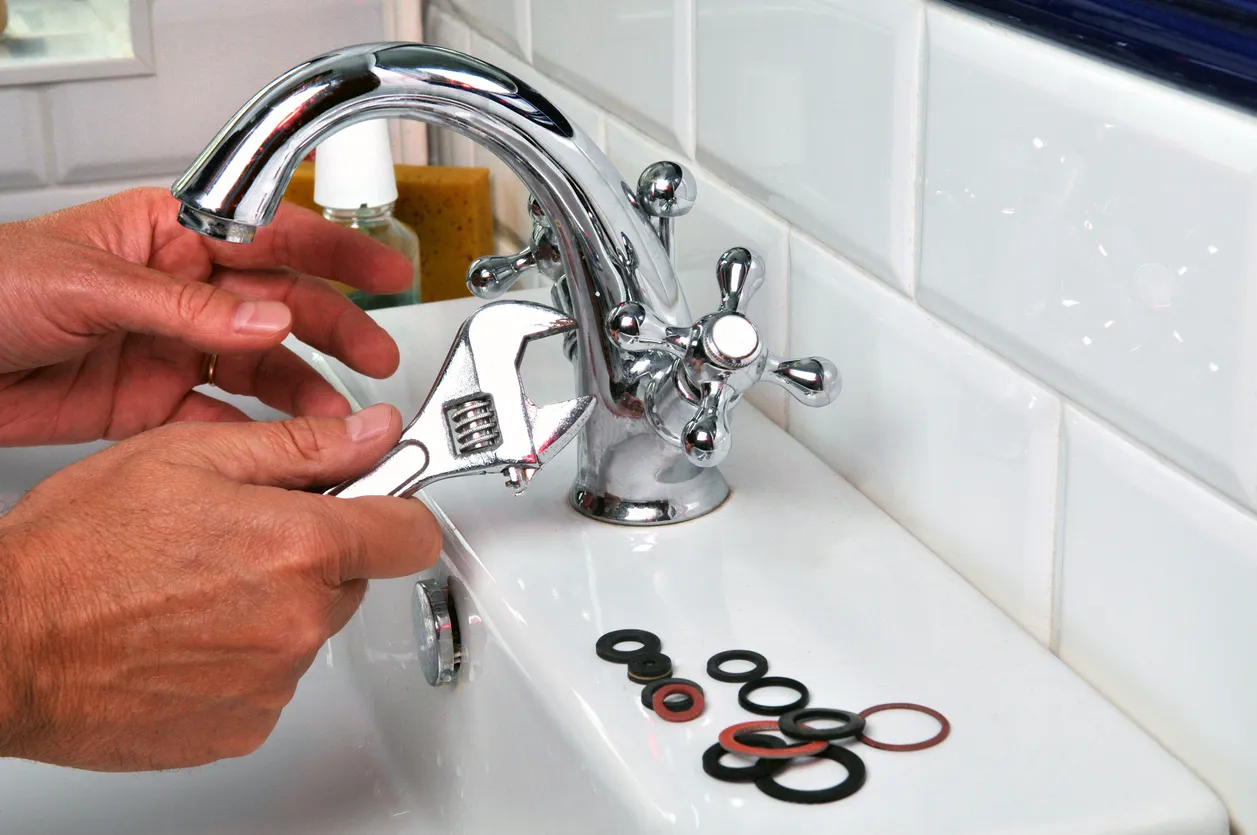Motives Why It's Essential to Repair a Malfunctioning Faucet
Motives Why It's Essential to Repair a Malfunctioning Faucet
Blog Article
We have found the article involving Why Are My Faucets Dripping (And Can I Fix It Myself)? down the page on the net and thought it made good sense to relate it with you on my blog.

Leaking taps might feel like a small inconvenience, but their influence surpasses just the annoyance of the noise. From wasting water to sustaining unneeded financial expenses and health risks, neglecting a trickling tap can bring about different repercussions. In this post, we'll explore why it's critical to resolve this usual house concern promptly and successfully.
Waste of Water
Environmental Effect
Trickling faucets contribute significantly to water wastage. According to the Environmental Protection Agency (EPA), a solitary tap dripping at one drip per second can squander greater than 3,000 gallons of water annually. This not just pressures water sources but also impacts communities and wild animals based on them.
Financial Costs
Enhanced Water Bills
Beyond the environmental influence, leaking faucets can blow up water bills significantly. The collected waste in time translates into greater utility expenditures, which can have been prevented with timely repair services.
Potential Home Damages
Moreover, extended trickling can result in harm to components and surfaces surrounding the tap. Water buildup can cause staining, rust, and also structural problems if left neglected, causing additional repair expenses.
Health and wellness Worries
Mold And Mildew and Mold Development
The constant presence of moisture from a dripping tap develops an ideal environment for mold and mildew and mold growth. These fungi not only compromise interior air high quality however also posture wellness dangers, particularly for people with respiratory system conditions or allergies.
Waterborne Diseases
Stationary water in leaking taps can end up being a breeding ground for microorganisms and other pathogens, boosting the risk of waterborne conditions. Contaminants such as Legionella germs thrive in stagnant water, possibly resulting in severe illnesses when ingested or breathed in.
Do it yourself vs. Professional Repair work
Pros and Cons of DIY Repair Service
While some might attempt to take care of a trickling tap themselves, DIY repairs come with their own collection of obstacles. Without appropriate understanding and tools, DIY attempts can aggravate the problem or lead to incomplete fixings, extending the problem.
Benefits of Employing an Expert Plumber
Working with an expert plumber makes sure that the underlying source of the trickling tap is attended to successfully. Plumbings have the proficiency and tools to identify and fix faucet issues successfully, saving time and lessening the risk of additional damages.
Step-by-Step Guide to Taking Care Of a Dripping Tap
Tools Needed
Prior to trying to fix a dripping faucet, gather the needed devices, consisting of a flexible wrench, screwdrivers, replacement parts (such as washers or cartridges), and plumber's tape.
Common Faucet Issues and Their Solutions
Determine the kind of tap and the specific concern creating the drip. Usual troubles consist of damaged washing machines, corroded valve seats, or faulty O-rings. Describe supplier guidelines or online tutorials for step-by-step advice on fixings.
Safety nets
Regular Maintenance Tips
To stop leaking faucets, execute routine upkeep such as cleaning up aerators, inspecting for leakages, and replacing damaged parts immediately. Additionally, take into consideration installing water-saving tools or upgrading to much more efficient fixtures.
Relevance of Prompt Services
Resolving dripping taps as soon as they're discovered protects against further water waste and possible damages, inevitably conserving both water and money in the long run.
Effect On Residential Or Commercial Property Value
Understanding of Well-Maintained Residential Property
Keeping a residential or commercial property in good condition, including dealing with maintenance issues like dripping taps, boosts its viewed value and desirability amongst possible purchasers or renters.
Influence on Resale Worth
Features with properly maintained plumbing fixtures, consisting of faucets, command greater resale values in the real estate market. Resolving leaking taps can add to a favorable impact throughout residential property assessments and negotiations.
Environmental Duty
Individual Payment to Preservation
Taking responsibility for taking care of dripping faucets lines up with more comprehensive initiatives toward water conservation and environmental sustainability. Every person's activities jointly make a substantial impact on preserving precious sources.
Lasting Living Practices
By focusing on punctual repairs and adopting water-saving habits, people add to lasting living methods that benefit both present and future generations.
Conclusion
Addressing a leaking faucet goes beyond plain comfort; it's a necessary step towards saving water, reducing economic expenses, and safeguarding wellness and residential property. Whether through do it yourself repairs or specialist assistance, doing something about it to repair trickling taps is a little yet impactful method to promote responsible stewardship of resources and contribute to a much healthier, more lasting future.
Most Common Reasons for a Leaky Faucet and How to Stop the Drip
Whether it’s your kitchen faucet leaking or a bathroom faucet leaking, one leaky faucet can waste anywhere from three to 30 gallons of water every single day. If the constant drip-drip-drip doesn’t get your attention, your water bill will. The good news is that, by following a few simple steps, chances are pretty good you can fix the problem yourself.
Why is it dripping?
Before you start taking things apart, let’s break down some of the most common causes of a leaky faucet.
Bad O-ring.
A cartridge is a valve that controls the flow of water into the faucet spout. On cartridge faucets there’s an O-ring—the little disc attached to the stem screw that holds the faucet handle in place. If it’s loose or worn-out, it can cause your sink handle to leak. Of course, the cartridge itself could be worn out. If that’s the case, make sure you replace it with the exact same kind.
Corroded valve seat.
The valve seat connects the faucet and the spout. If the leak seems to be coming from the spout, it might be because a buildup of water sediment has corroded the valve seat.
Worn-out washers or seals.
A leaky spout could be caused by a bad washer that rests against the valve seat. It’s just a matter of time before friction takes its toll. It could also be the wrong size washer or one that’s been installed incorrectly. Water sediments can also corrode inlet and outlet seals.
Water pressure.
If the faucet only drips now and then, or when you turn the handles a certain way, you should probably check your home’s water pressure.
Loose or broken parts.
The adjusting ring and packing nuts in the stream screw can become loose over time, causing your sink handle to leak. Try tightening or replacing the packing nut. If the leak is coming from the pipes underneath the sink, you probably have a broken pipe or fitting. If that’s the case, you should definitely call a plumber.
Know your faucet.
Faucets come in a variety of types. Each one has its own assembly—and its own possible causes of leaks. Learning about the four most common kinds of faucets will help you know how to take them apart and make any repairs.
How to stop a leaky faucet
Fixing that leaky faucet doesn’t have to take a lot of time, money, or expertise. It’s usually a simple matter of replacing a worn-out washer or gasket, a loose O ring, or another part. Chances are really good you can do this yourself if you follow these simple steps.
Shut off the water.
Before you tackle the faucet, cut off the water supply to the sink. There should be one valve for hot and one for cold. Hand-turn them clockwise with your hands till they close. If there are no valves under the sink, head to the basement and shut off the main water supply to the house. Then turn on the faucet until it empties out the water that’s still in the line and you’re ready to start. It’s a good idea to cover the sink drain with a plug or a rag so you don’t lose any small pieces and parts while you’re working.

As an enthusiastic person who reads about , I thought sharing that editorial was really helpful. Are you aware of someone else who is serious about the niche? Feel free to share it. Bless you for being here. Kindly check our blog back soon.
Report this page